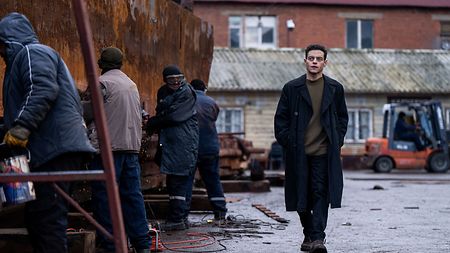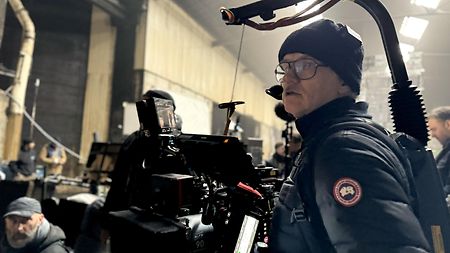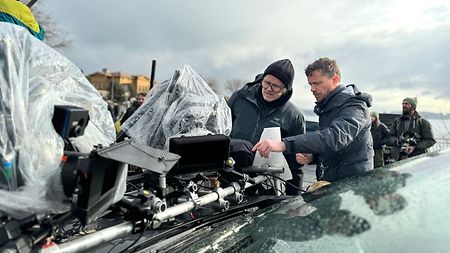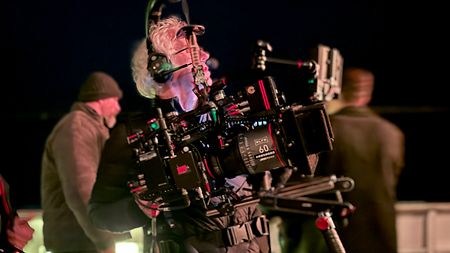CIA cryptographer Charlie Heller (Rami Malek) has his life turned upside down when his wife is killed in a London terror attack. Frustrated by the agency’s muted response, he overrides his remit and takes to the field, hunting down his wife’s killers. This is the premise of “The Amateur,” directed by James Hawes and shot by Martin Ruhe ASC.
Having already worked with ARRI Rental on the George Clooney-directed features “Midnight Sky” (65 mm format with DNA lenses) and “The Boys in the Boat” (large format with ALFA anamorphics), Ruhe tapped them again for “The Amateur.” He says, “I really enjoyed my previous experience with the ALFA lenses because they are true anamorphics with a 2x squeeze, unlike many large-format anamorphics. I love the rendering, the bokeh, and the softness they have. Close-ups on faces just look so beautiful; they have such a presence on the screen. I shot tests and James loved them, so we decided on ALFAs.”
Ruhe’s choice of camera was the ARRI ALEXA Mini LF. He recalls, “Early on, James and I discussed how the movie is split into two parts. The first is Charlie Heller and his wife, and his grief when she dies, and for that we wanted very composed camerawork. The camera moves, but it’s all dolly work and very precise. Then the second part is when he goes into action and for that we wanted to be more handheld, so the ALEXA Mini LF was perfect because it’s compact and lightweight. We also knew we’d be going to a lot of different locations and we’d have to live with the confinement of those places, so having a small camera package was handy.”






